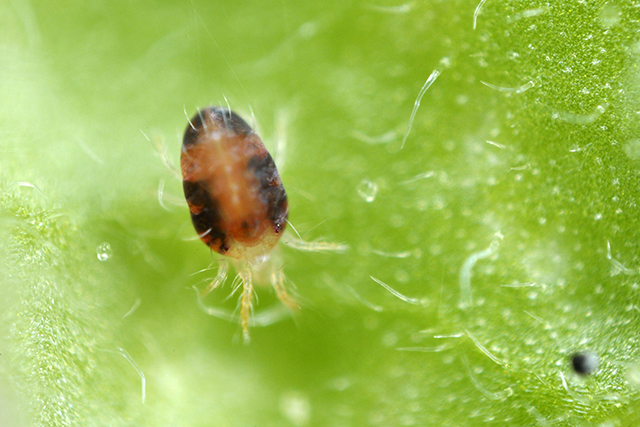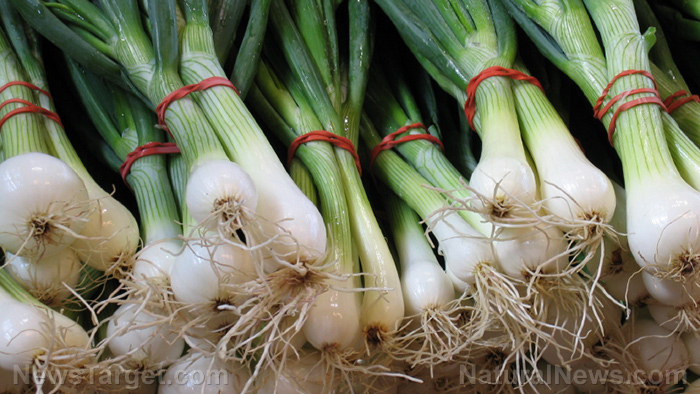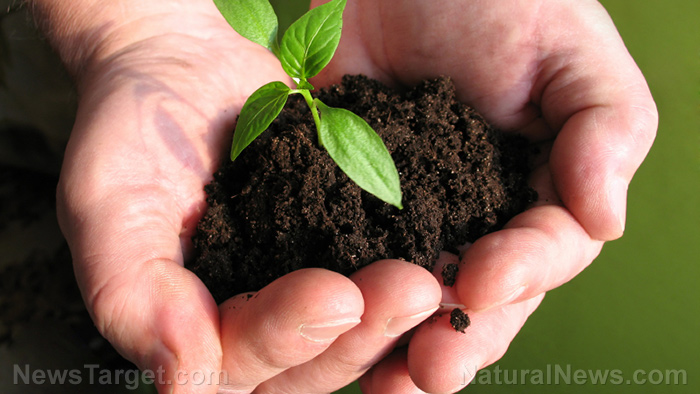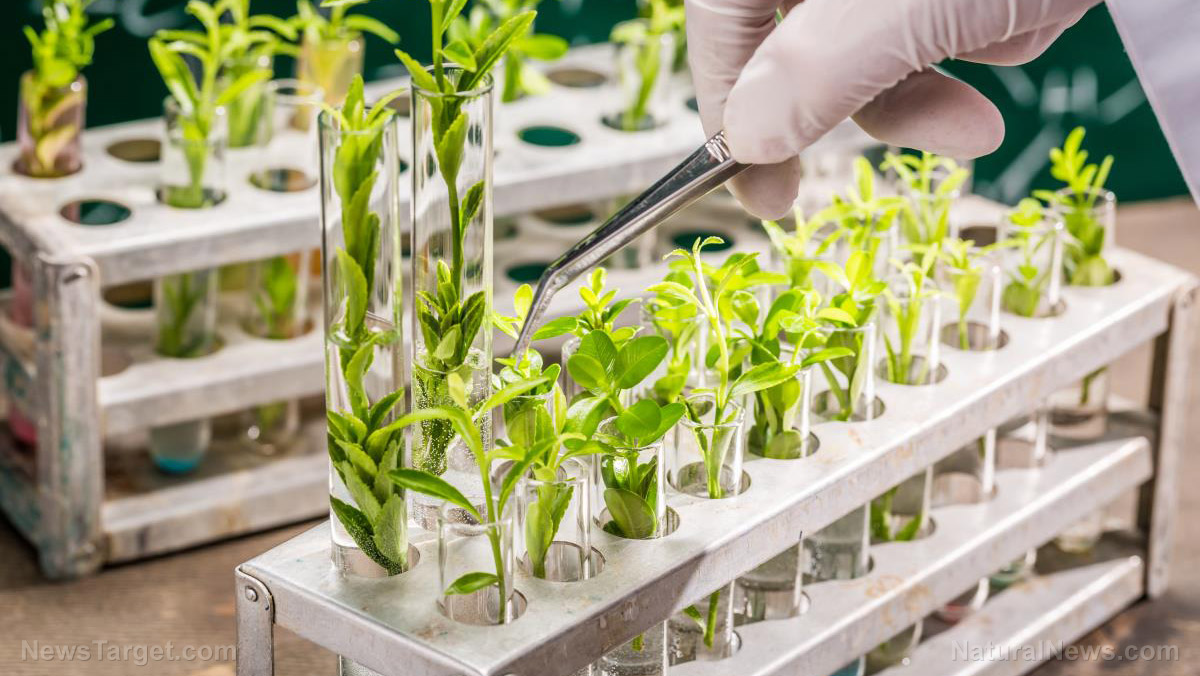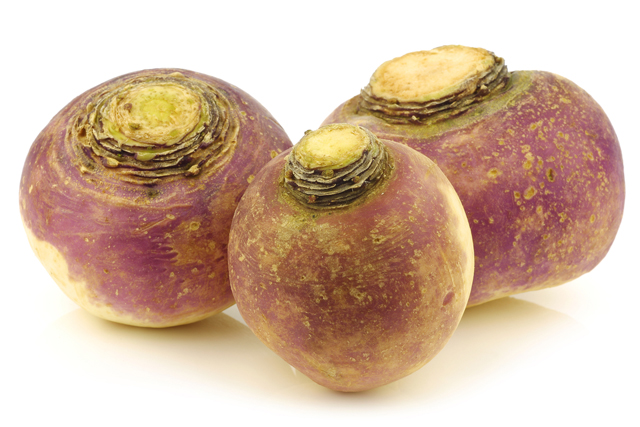Tapping trees: How to get your own free syrup
04/16/2017 / By Frances Bloomfield
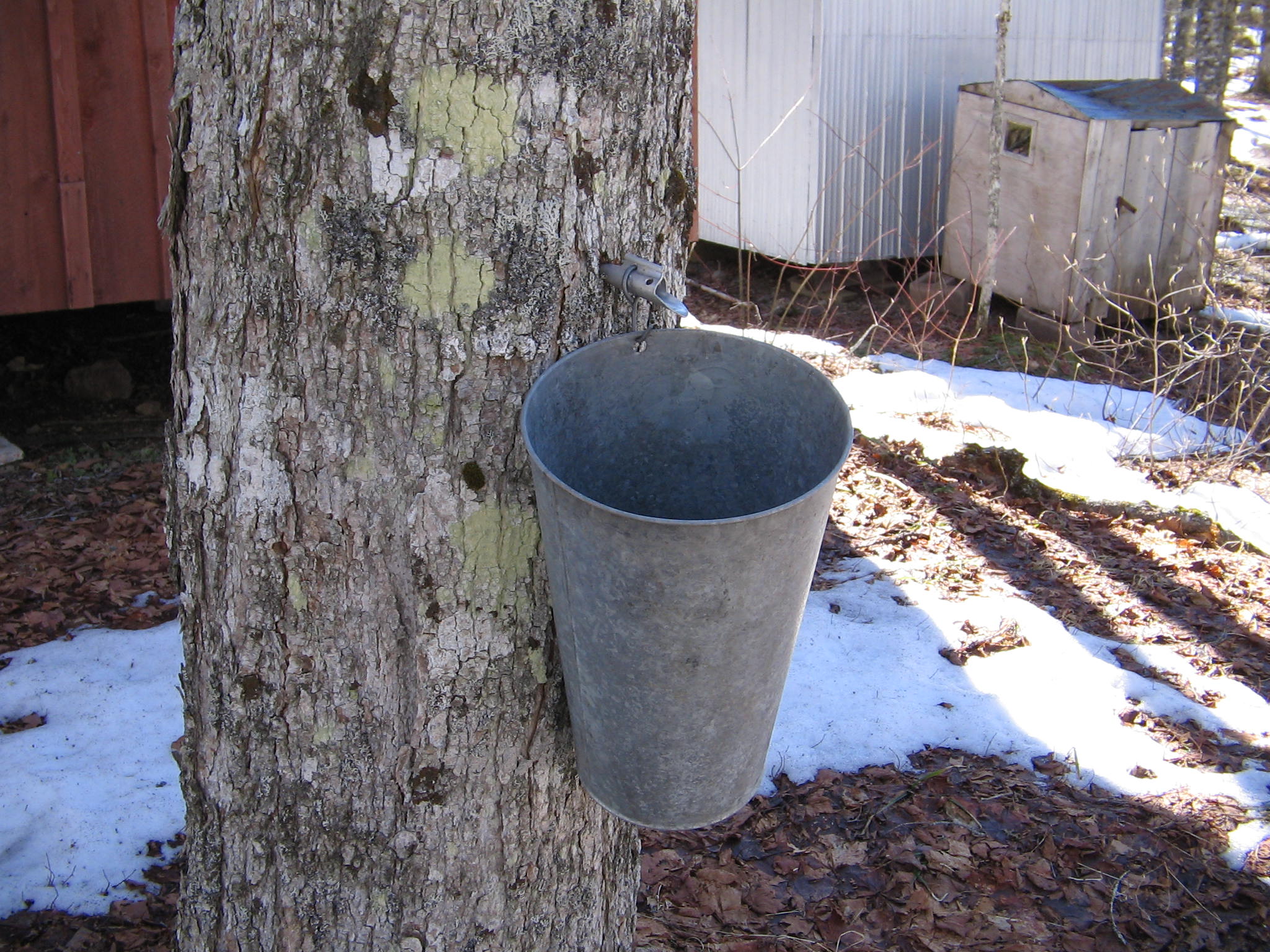
Did you know that there’s a place where you can get maple syrup for free? Just look outside. More than just maple trees, there’s “an entire world of saps and syrups,” notes Brett McLeod of MotherEarthNews.com. A great variety of trees means a great variety of syrups, so grab your drill and bucket and get ready to harvest your own natural, additive-free syrup. Aside from maple, there are other trees you can tap for their syrup. MapleTapper.com even calls some of these “unusual sources”, but they’re worth tapping if you want to try a different kind of syrup. Birch trees produce syrup which is rich, savory, and almost spicy, making it ideal for marinades. Early-season sycamore syrup is honey like in flavor and appearance, while late-season sycamore syrup tastes similar to butterscotch. Walnut syrup is nutty, sweet and thick.
When & how to tap
In the words of HomespunSeasonalLiving.com, “climate is everything”. Trees are at their most tappable in areas that experience winter and freezing. Sugar maples, walnuts, and sycamores are best tapped when the temperature is above freezing (the 40-degrees Fahrenheit range) during the day and dip to below freezing (the 20-degrees Fahrenheit range) at night, around early or mid February. The tapping season for birch follows that of maple and can extend into mid-March and even into April.
Your range of tapping equipment should include taps or spiles, a drill with a wood-boring drill bit, a small hammer, and food-grade buckets. The standard tap requires you to use a 7/16-inch drill bit. However, a smaller 5/16-inch drill bit is recommended because it causes less damage to the tree and will allow it to heal faster.
Begin by picking a healthy tree without old wounds or marks of decay. Select a spot on the trunk around four feet off the ground. Using your drill, bore a hole at a slightly upwards angle. If you’re drilling a tree with thin bark like sugar maple, walnut, or sycamore ensure that the drill goes in no deeper than one-and-a-half inches. If you’re drilling a thick tree like birch, then drill approximately two inches into the trunk. Insert your spile or tap into the hole, lightly hitting it with your hammer to secure it in place. Hang a bucket off the spile or tap. Do the same with other healthy trees, one tap or spile per tree.
After you’ve tapped all of your trees, you just need to be patient. If the conditions are just right, you’ll need to empty your buckets everyday to prevent bacteria growth in the sap. Collect your sap in food-grade containers and chill until you’re ready to boil it.
How to make syrup
Boiling the sap should be done outdoors or in a well-ventilated area. We recommend using a rectangular, shallow pan with lots of surface area. Boil until the water has evaporated, leaving only liquid sugar in the pan. While still hot, filter the liquid sugar using a coffee filter for small amounts or a cone felt filter for larger batches. This removes any impurities and minerals in your syrup. (Related: Follow more news on all the popular sweeteners at Sweeteners.news.)
Pour your syrup in sterilized mason jars and then store in a refrigerator. Your syrup will keep for about two years after processing and packaging.
With patience, you’ll have your own supply of free maple syrup. This natural sugar alternative is worth the effort if you’ve got a sweet tooth. (Related: Know better ways of living naturally and freely by reading the articles at LivingFree.news).
Sources:
MotherEarthNews.com
MapleTapper.com
HomespunSeasonalLiving.com
Tagged Under: birch syrup, maple syrup, sycamore syrup, tapping trees, tree tapping, walnut syrup






